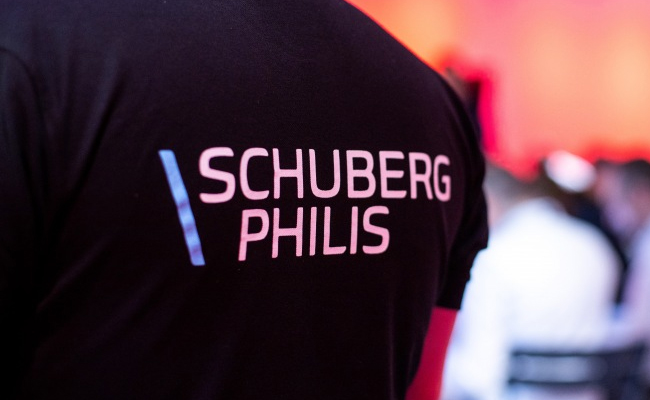
He is now Head of Data at Datlinq, but until recently Robbert Cornelisse was associated with Schuberg Philis in his role as Lead Business Intelligence and he was one of the first organizations in the Netherlands to discover PostSpeaker.
“I remember that well. I wasn’t in a communications position at all. Well next to our marketing director. At one point I overheard a conversation between him and one of the founders. He said: “We have so many people with a large network, why don’t we use that network?” During a previous job I had dealt with social media and then I went to tools that allow you to share automated. And then I found PostSpeaker. Just what we needed!”
“If you ask colleagues individually if they want to share content, they are all fine with that. But in practice it is difficult. Either they are out or about other things. Every tool I encountered required action from the employees. PostSpeaker was the only tool where colleagues could delegate sharing, as it were.”
“Those were the people in the more commercial roles. Colleagues with a large network and having a lot of contact with customers. We didn’t want to make it too big, so I started with a pilot team of five to eight people. We really took that with us, like: we’re going to try it. We did that for about a month and a half.”
“Well, other colleagues noticed and said something like: so-and-so shares a lot, how about that? Then I told them about the tool and they also wanted to participate. There was a bit of a feeling of fear of missing out. If colleagues share and you don’t, then you want to too. Especially if you don’t have to make any effort. So then I started inviting a larger group. In the end we were at 53 promoters.”
“We don’t have a large marketing team generating content. In the beginning, for example, we took content from the annual report, such as interviews and customer cases. It wasn’t very exciting, but more meant to show what we do. After that, people in the organization started creating content, such as blogs about working at Schuberg Philis, about HR and our innovation department. “
“Not often. On average two people per message. And a few adjust a message. Often these are the language enthusiasts who are keen on the content or colleagues who have already shared a post on that topic, for example the person who wrote the blog. In general they are fine with it. The idea that you can reject a message is important.”
“We have more impact through greater marketing reach. Just think: 53 promoters times 500 to 1,000 connections. It’s great for employee branding. You also see that some colleagues get a lot of private reactions. That they want to get in touch with Schuberg to work together or to come and work there. We are more visible across the board, people know better what we do.“